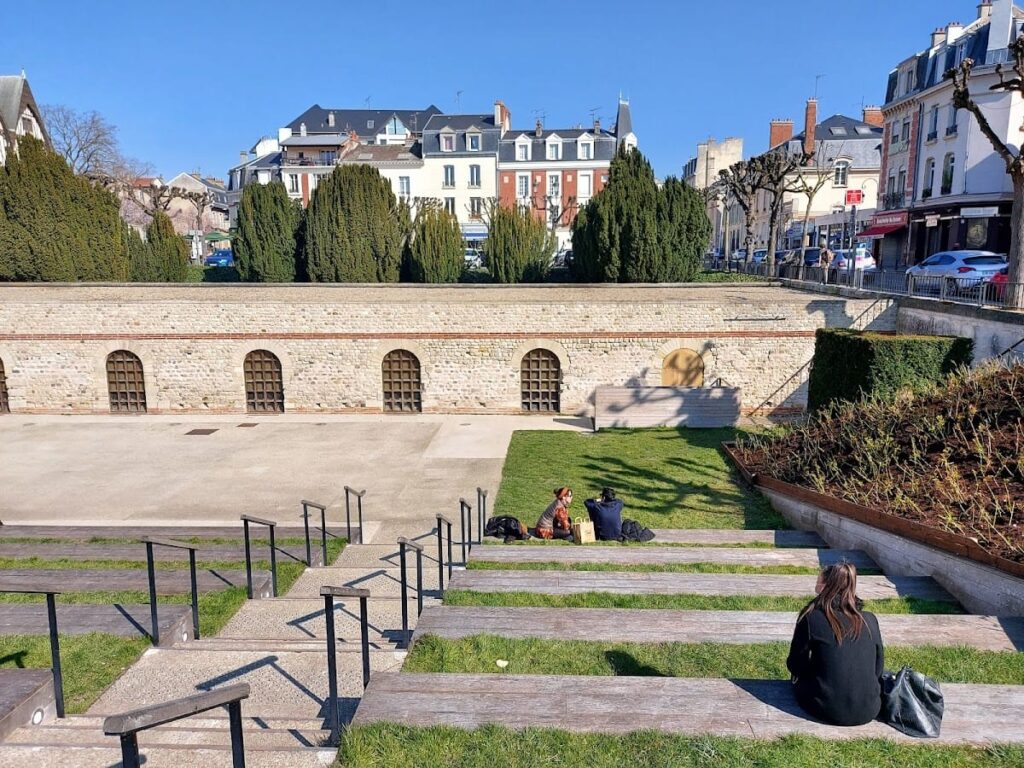Cryptoportique de Reims: An Ancient Roman Underground Gallery in Reims, France
Visitor Information
Google Rating: 4.3
Popularity: Low
Google Maps: View on Google Maps
Official Website: www.reims-tourisme.com
Country: France
Civilization: Roman
Remains: Civic
History
The Cryptoportique de Reims is located in the city of Reims, within the Marne department in northeastern France. It was built by the Romans around 100 CE, during the period when Reims was known as Durocortorum, a prominent city in the Roman province of Gallia Belgica.
Constructed as part of the northern section of the Roman forum, the cryptoporticus served as an underground gallery beneath the main public square. The forum itself was positioned at the crossroads of the city’s two principal streets, the cardo and decumanus, and functioned as the center of economic and civic life. This period marked the height of Roman urban development in the area.
In the 4th century, the structure suffered significant damage during invasions that affected the region. These events coincided with a broader contraction of the urban area following the decline of Roman authority. Despite the damage, the site retained its identity as the Place du Forum through the Middle Ages and into the early modern period.
During the 18th century, urban planning around the Place du Forum included the creation of the Place Royale and the Place de l’Hôtel-de-Ville, which framed the historic square. However, the cryptoporticus itself remained buried and largely forgotten beneath the surface.
The underground gallery was rediscovered in 1922 during demolition work for new market halls. Earlier, in 1840, columns had been found nearby, suggesting the presence of Roman remains, but no formal excavation took place at that time. Following its rediscovery, the cryptoporticus was classified as a historic monument in 1923.
For several decades after its classification, the site received little attention and was mostly inaccessible to the public. It was not until the early 1980s that conservation efforts began in earnest. In 1982, restoration work stabilized the structure, including the pillars and vaults, allowing the eastern section to open to visitors in 1983.
Remains
The Cryptoportique de Reims is a U-shaped underground gallery measuring about 52 meters in length and 5.7 meters in height. It was built as a horreum, a Roman grain storage facility, beneath the modern Place du Forum.
The gallery’s walls are constructed from small stone blocks, while the ceiling features a barrel vault made of tile mortar, known as tuileau, forming a semicircular arch. A central row of rectangular stone pillars supports the vault, dividing the space longitudinally.
These pillars have notches designed to hold wooden frameworks that created individual booths or loges within the gallery. The booths were finished with stucco walls decorated with painted stripes and stylized drapery motifs, indicating a decorative interior.
The north-east wall of the cryptoporticus is solid and without openings, while the opposite wall contains low-level openings that allowed natural light to enter from outside near ground level. The main entrance was accessed by a staircase that turned at a right angle and passed over an altar dedicated to the emperor’s statue, located near the entrance corner.
Part of the structure extends beneath buildings rebuilt after World War I, which has limited archaeological excavation in those areas. The accessible sections have been stabilized, including a pillar that had subsided by 65 centimeters, and the vaults have been restored.










